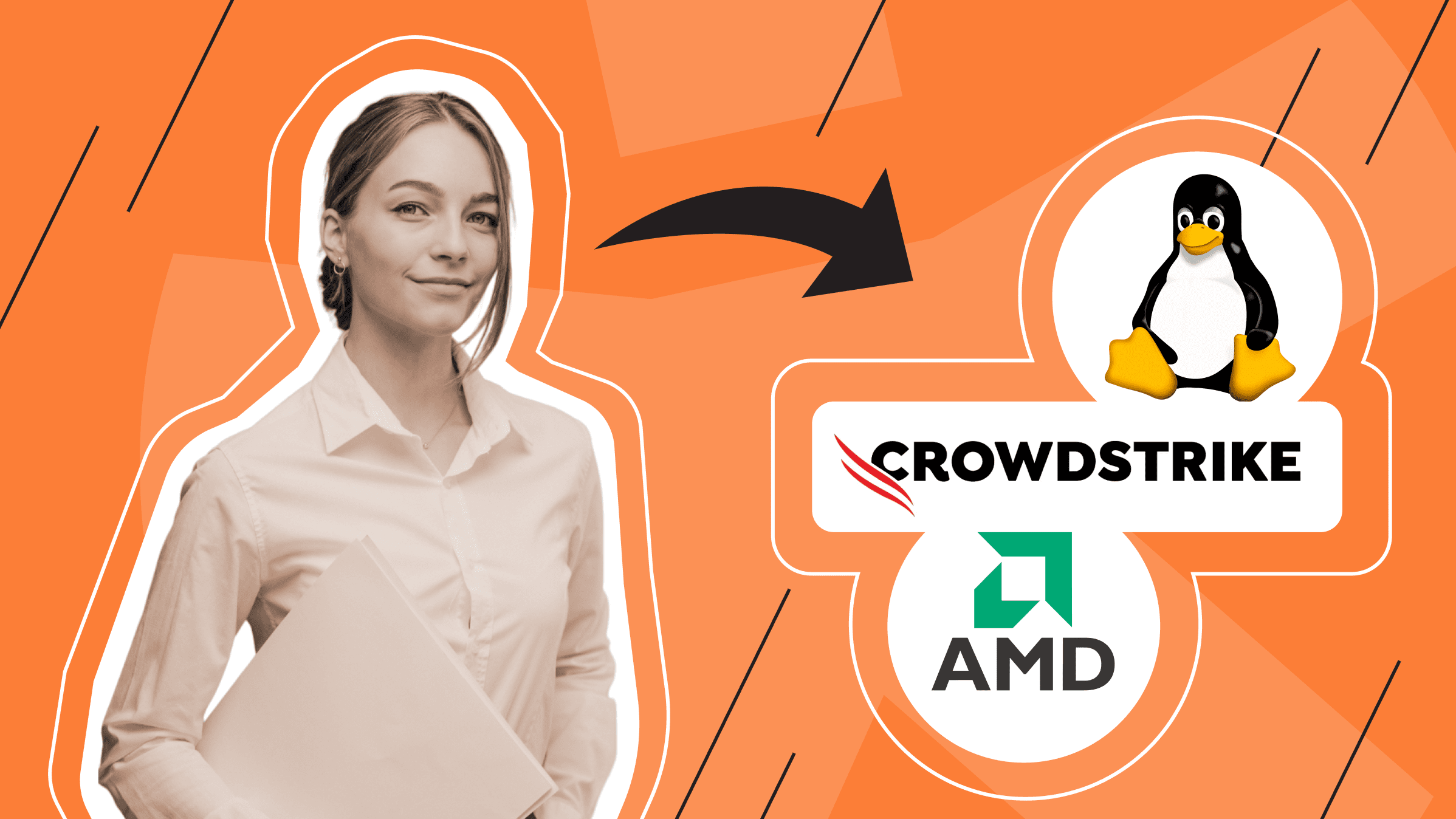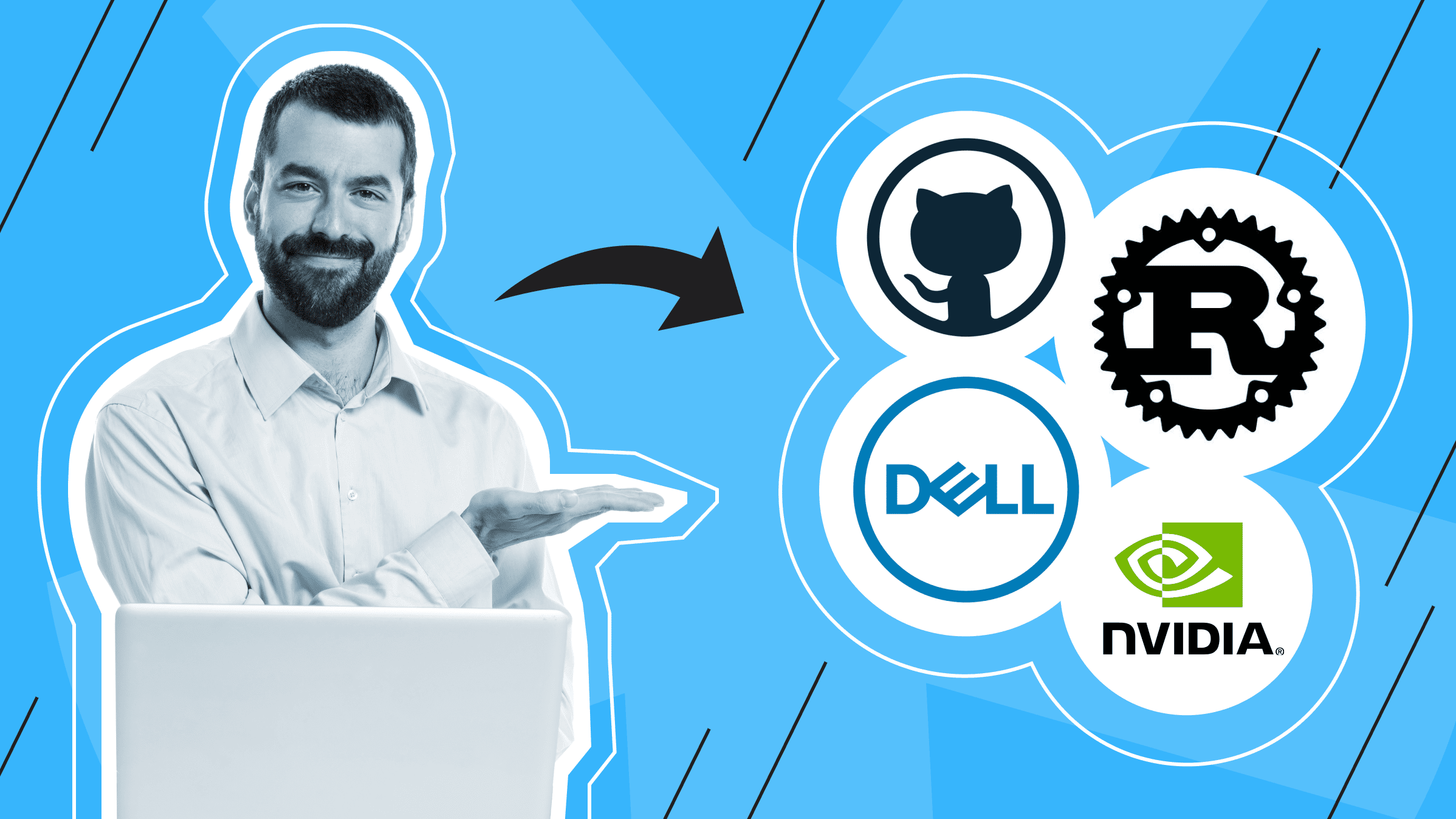
July 2024 saw some big releases and developments in IT. On the operating system front, Linux Kernel 6.10 was released with improvements in ARM64 support and better hardware compatibility. Linux Mint 22 with an updated Cinnamon desktop was also introduced.
The work on new libraries in GPU computing is still going strong. The GPU.cpp library is a real standout, designed to make low-level general-purpose computations on GPUs a breeze using C++. Texture compression is also getting some love: AMD showed off its NTBC technique, which lets you shrink game sizes by 70% thanks to optimization based on neural networks.
The new Blender 4.2 LTS update is now available for 3D modeling and game creation. It includes a complete rewrite of the EEVEE rendering engine, improved node-based tools, studio-friendly deployment options, and other updates.
Needless to say, we couldn't leave out the massive system failure caused by CrowdStrike. So get ready to read the story, which started in the spring with Debian and Rocky Linux, and where it led.
Linux 6.10 Release

On July 14, 2024, Linus Torvalds officially announced the release of Linux kernel version 6.10, sticking to a bi-monthly release schedule. The new version includes more than 14,500 fixes from 1,989 developers.
The new 6.10 version has some great new features. It's got better GPU support for Intel Xe2 and AMD ROCm/AMDKFD, a new Panthor DRM driver for Arm Mali graphics, RISC-V FPU mapping support, AMD Zen 5 improvements, faster AES disk encryption on Intel/AMD processors, and the first version of the Steam Deck IMU driver.
Improvements to the network stack include tuning of the Packet Forwarding Control Protocol (PFCP) and a new ntsync subsystem for NT synchronization primitives in Wine/Linux games. The BPF JIT has been extended to support 32-bit ARCv2 processors.
Device support has been extended with drivers for boards such as Radxa ROCK 3C and chips such as Intel Arrow Lake-H. Laptops from Lenovo, ASUS, and other vendors are now better supported.
Development will continue at a rapid pace, with Linux 6.11 scheduled for release in September 2024.
Release of Linux Mint 22

Following Torvalds' announcement, Linux Mint 22, codenamed "Wilma", the long-term support (LTS) version based on Ubuntu 24.04 LTS, was released on July 23. It is available in the Cinnamon 6.2, Xfce 4.18, and MATE 1.26 editions.
The new version includes performance enhancements, updated applications, redesigned interface dialogs, and many new features to improve the user experience.
- Added support for the new Debian DEB822 package format, GTK4 theme, improved HiDPI loading, and JPEG-XL (JXL) format.
- Improvements to the program manager itself include faster loading, multi-threading, and a new preferences page.
- The Sticky Note application can now be run from the terminal.
- Timeshift backup now notifies you when a snapshot is deleted.
- ISO images are FAT32 compatible for live sessions.
Linux Mint 22 will be supported until 2029, and future releases will use the same package base until 2026 to ensure stability.
Library for Low-Level Computing on GPU with C++

In July, a new lightweight open-source library, gpu.cpp, was introduced, allowing low-level GPU computation to be performed directly from C++ code.
The project aims to provide developers with an easy way to load computations on GPUs using only standard C++ compilers and tools with minimal overhead.
The library conforms to the WebGPU specification and is designed to work with graphics processors from Nvidia, Intel, AMD, and other vendors that support Vulkan, Metal, or DirectX. The same C++ code can run on various systems, from laptops to workstations to mobile devices. The ease of customization is certainly an eye-catcher.
The gpu.cpp library minimizes external dependencies and requires only a C++ compiler. Meanwhile, the API remains simple, with a few operations to support a wide range of low-level GPU tasks.
Initial experiments have shown that builds using gpu.cpp run in as little as 1-2 seconds, even on "average" hardware.
NTBC Technology Can Reduce Game Size by 70%

AMD has unveiled a new technology called NTBC (Neural Texture Block Compression) that promises to reduce the size of game textures by 70%.
Now for some technical details:
Block compression is a widely used texture compression technique in real-time graphics applications to reduce memory requirements. However, its efficiency is limited to a fixed compression ratio, which significantly increases the file size when hundreds of high-quality textures are required.
AMD proposes a new method for block texture compression using neural networks. NTBC is trained to convert uncompressed textures into block-compressed textures. This compresses textures without significantly impacting overall performance and visual quality.
NTBC is compatible with existing BC1 and BC4 texture compression algorithms and can replace current graphics processes.
The experiments conducted show that NTBC can achieve acceptable quality results with a 70% reduction in memory size.
With AAA game installations now regularly exceeding 100GB, reducing this by 70% could free up valuable storage space and potentially reduce the amount of video memory required.
The release date for NTBC is not yet known, but the experiments conducted make one wonder just how beneficial this technology is.
Blender 4.2 LTS Release

Blender 4.2 LTS is a major release of the open-source 3D creation software suite with several new features and improvements without straying too far from the gaming theme.
Not to beat around the bush, here are some of the key highlights of Blender 4.2 LTS:
- The rendering compositor now supports GPU acceleration, which can significantly speed up the final rendering process.
- Included an updated version of OpenImageDenoise that provides improved noise reduction.
- A new Ray Portal BSDF feature was added to enable rendering portals for visual effects and other production rendering techniques.
- The EEVEE rendering engine has been completely overhauled to provide global illumination creation, displacement, improved SSS, motion blur, and more.
- The Cycles rendering engine has also received a number of enhancements, including support for thin-film interference effects, improved volumetric light sampling, and faster rendering.
- The user interface has been updated with new features, including a new Copy Driver for Selected context menu items.
- Add-ons and themes have been consolidated into extensions that can be easily installed and managed from within Blender.
- A new socket type for matrices has been added, making it easier to work with transformations using nodes.
- Node tools become more interactive, allowing users to use viewport and mouse position information in the node tree.
- The Video Sequencer has been updated with new features, including rounded corners for bars, easier bar editing, and more.
- USD import/export: Blender 4.2 LTS adds support for importing and exporting hair curves and point clouds in USD.
- Text Editor now supports GLSL syntax highlighting.
Blender 4.2 pre-builds are available for Linux, Windows, and MacOS. The new version will be supported until July 2026. It includes a GPU-accelerated compositing option for final rendering and GPU acceleration enabled by default for AMD GPUs on Linux and Windows systems.
Chaos over CrowdStrike and What It's Caused

CrowdStrike, a well-known cybersecurity company, experienced a series of incidents that caused significant outages for its customers. While only a handful of people learned about the outages in the spring, the world learned about the massive Windows problem caused by CrowdStrike in July.
In April and May 2024, a CrowdStrike update caused server outages on Debian and Rocky Linux, affecting multiple customers. Despite reporting the problem, CrowdStrike's slow support response led to user dissatisfaction with the company's testing and support standards. Most interestingly, after installing the new version of CrowdStrike on Debian, it was discovered that the new software was simply not compatible with Debian. This operating system was not included in the testing matrix, resulting in the failure.
In June 2024, Red Hat warned enterprise customers and developers of a critical issue in Red Hat Enterprise Linux 9.4 after installing the CrowdStrike update. The new software caused the Kernel Panic, resulting in a system-wide crash.
The situation escalated when a global outage occurred on July 18, 2024, affecting more than 8.5 million Windows PCs worldwide. A logical error in CrowdStrike's Falcon Sensor update caused a Blue Screen of Death (BSOD), disrupting IT infrastructure across industries and organizations. CrowdStrike recognized the severity of the incident and attributed it to a coding error in one of its content updates for Windows hosts. However, in light of previous incidents, questions remain about testing CrowdStrike's new release.
In the chaos caused by the CrowdStrike outage, attackers distributed a malicious ZIP archive called "Crowdstrike-hotfix.zip". This archive was downloaded using the remote access tool RemCo. The hackers' subsequent actions are clear without explanation.
To further exploit the situation, the attackers conducted data-cleansing attacks by impersonating CrowdStrike and sending emails with malicious links. These emails contained instructions to download a bogus update that would ultimately corrupt system data.
CrowdStrike advises customers to use only official channels and to follow the technical guidance provided by the company and Microsoft. Microsoft has also updated its guidance to provide an automated recovery method using a bootable USB drive and a script. At this time, the situation has stabilized.
Have a great month, and see you in the next is*hosting digest!
VPS
Choose the suitable configuration and enjoy all the benefits of a virtual private server.
From $5.00/moDedicated Server
Smooth operation, high performance, and user-friendly setup - it's all there for you.
From $70.00/mo

